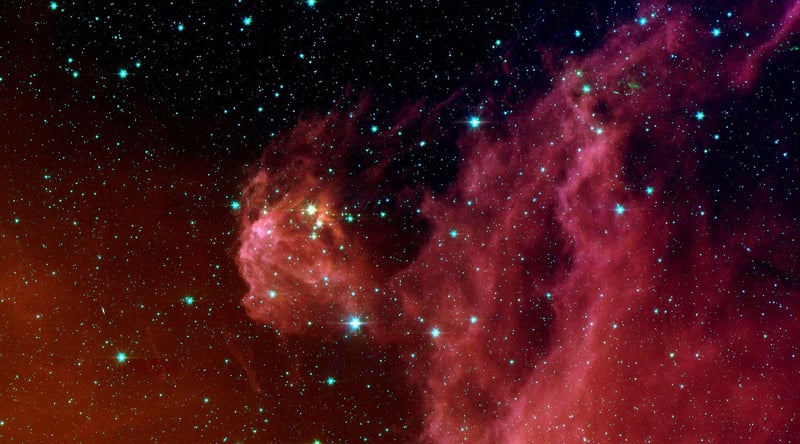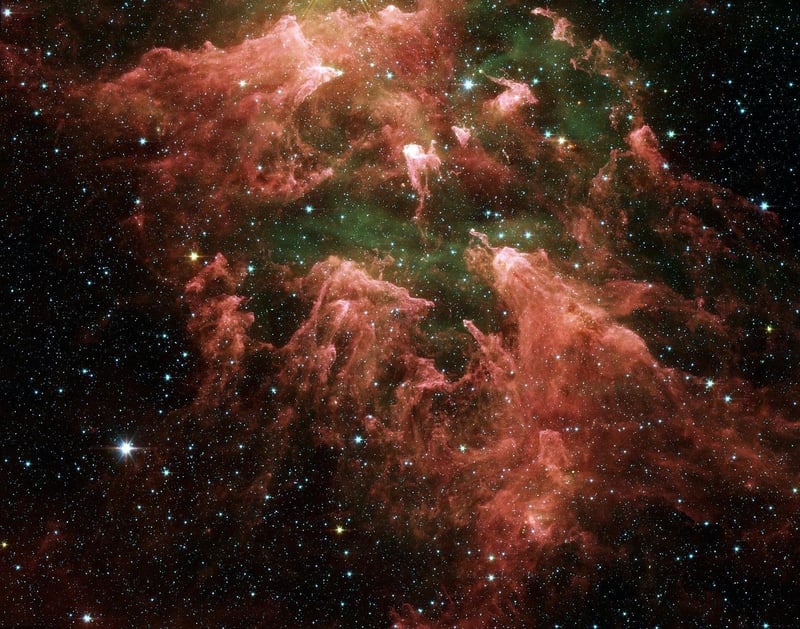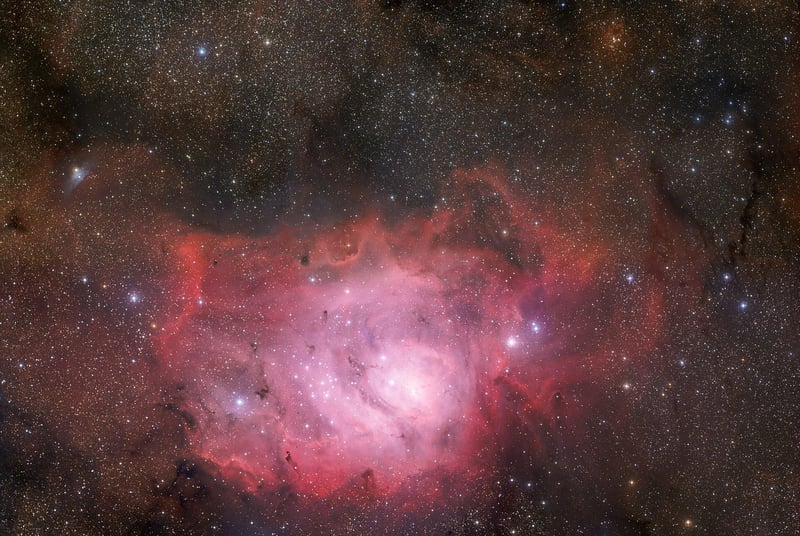Nebula Exploration
Charting the Cosmos + Nebula Exploration
Welcome to the mesmerizing world of cosmic wonders! The vast expanse of the universe is filled with intriguing phenomena, one of the most captivating being nebulae. Nebulae are vast clouds of dust and gas scattered throughout space, often serving as stellar nurseries where new stars are born. Let's embark on a journey to explore these celestial marvels!
Types of Nebulae
There are primarily four types of nebulae:
- HII regions: These are areas of ionized hydrogen gas, often associated with young, hot stars.
- Reflection nebulae: These nebulae reflect the light of nearby stars, appearing blue in color.
- Planetary nebulae: The remnants of dying stars, planetary nebulae display intricate and colorful shapes.
- Supernova remnants: Formed from the remnants of massive star explosions, these nebulae are rich in heavy elements.
Exploring Nebulae
Thanks to advancements in technology, astronomers can now capture stunning images of nebulae using powerful telescopes and cameras. These images provide valuable insights into the formation and evolution of stars and galaxies.
One of the most famous nebulae is the Orion Nebula, located in the constellation of Orion. It is a stellar nursery where new stars are actively being formed, making it a hotspot for astronomical research.

Another breathtaking example is the Carina Nebula, situated in the Carina constellation. This nebula is known for its intricate tendrils of gas and dust, illuminated by massive stars within.

Conclusion
Nebulae are not only visually stunning but also hold crucial information about the life cycle of stars. By studying these cosmic clouds, scientists can unravel the mysteries of the universe and gain a deeper understanding of our place in the cosmos.
So next time you gaze up at the night sky, remember that beyond the twinkling stars lies a world of nebulous beauty waiting to be explored!
